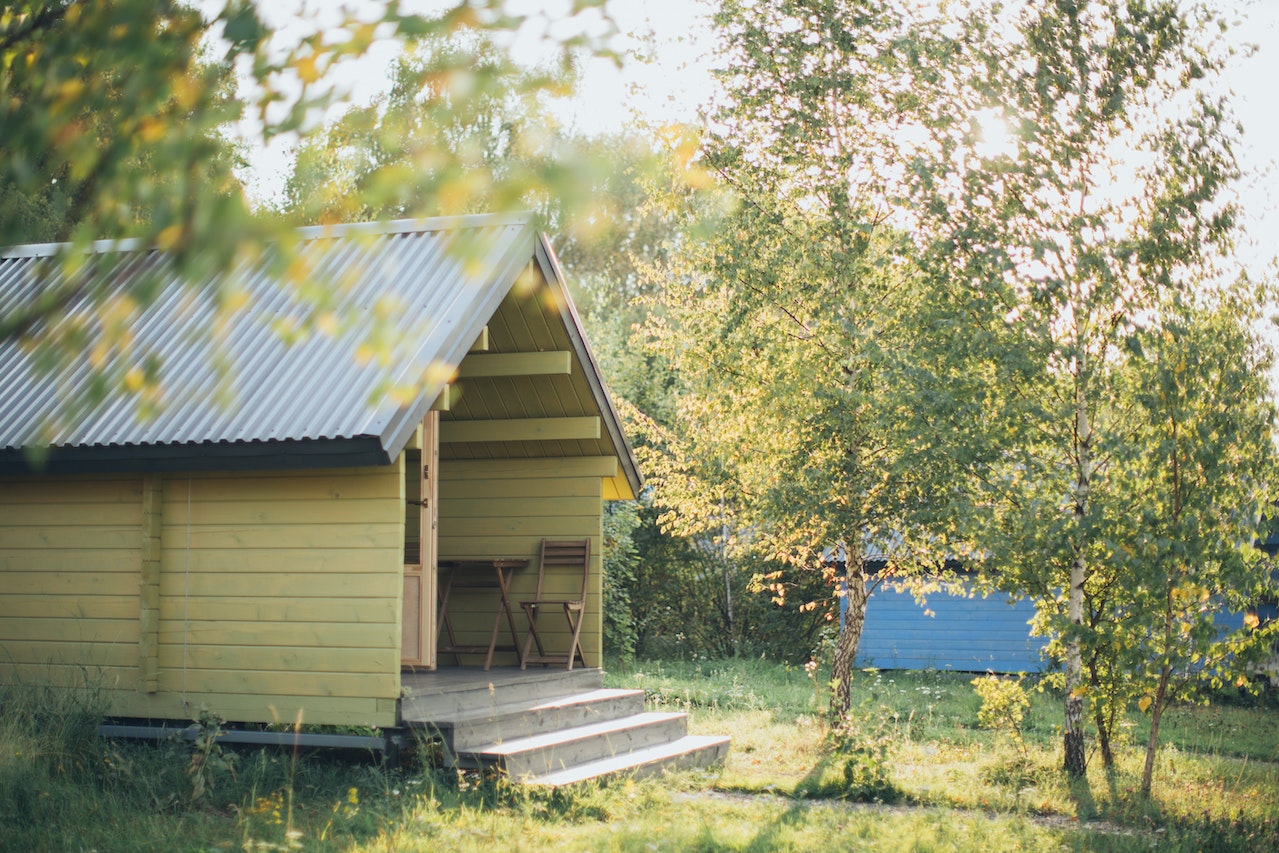
Building a shed is a great way to add storage space to your property, but it can also have an impact on the environment if not done sustainably. With the increasing concern over climate change and the depletion of natural resources, it is important to promote sustainability in all aspects of our lives, including when building a shed. In this essay, we will discuss 8 tips to help you promote sustainability when building a shed.
Tip 1: Use Sustainable Building Materials
One of the most important things you can do to promote sustainability when building a shed is to use sustainable building materials. This means choosing materials that are renewable, biodegradable, or recycled. For example, you can use reclaimed wood for the structure of the shed, which will reduce the need for cutting down new trees. Additionally, you can use eco-friendly insulation materials such as wool or cellulose instead of traditional fiberglass.
Tip 2: Consider the Environmental Impact of Your Location
When building a shed, it is important to consider the environmental impact of your location. If possible, choose a location that is already disturbed, such as a previously developed area or a spot that is already covered in concrete or asphalt. This will minimize the impact of building on natural ecosystems.
The quality of the soil on the construction site is also critical. Choose a site with healthy soil that is free of contamination. This will help ensure that any landscaping or vegetation planted on the site will thrive, contributing to the site’s sustainability.
Tip 3: Optimize the Design for Energy Efficiency
Another way to promote sustainability when building a shed is to optimize the design for energy efficiency. This means designing the shed to make the most of natural light, ventilation, and insulation. For example, you can include windows and skylights in the design to reduce the need for artificial lighting. Additionally, you can include proper insulation to reduce the need for heating and cooling.
Tip 4: Use Solar Panels for Energy
If you want to take energy efficiency to the next level, consider using solar panels to power the shed. Solar panels can provide renewable energy to power the lighting and any electrical outlets in the shed. This can also reduce your reliance on the grid and save you money on electricity bills in the long run.
Tip 5: Collect Rainwater for Irrigation
Another way to promote sustainability when building a shed is to collect rainwater for irrigation. This can be done by installing a rainwater collection system, which can be as simple as a gutter and downspout system that leads into a rain barrel. The collected rainwater can then be used to water plants or gardens, reducing the need for municipal water and saving you money on water bills.
Tip 6: Use Native Plants for Landscaping
If you plan to do any landscaping around the shed, consider using native plants. Indigenous vegetation has evolved to suit the particular climate and soil conditions of the region, making them less reliant on water and maintenance. This can reduce the environmental impact of landscaping and create a more sustainable ecosystem around your shed.
Tip 7: Recycle Construction Waste
During the construction process, it is important to recycle as much waste as possible. This means separating recyclable materials such as aluminum channels, metal, glass, and plastic from non-recyclable materials such as concrete and drywall. Additionally, you can donate any reusable materials to organizations such as Habitat for Humanity, which can use them for future building projects.
Tip 8: Consider Long-Term Durability
Finally, it is important to consider the long-term durability of your shed when building it sustainably. This means choosing materials and construction techniques that will last for many years, reducing the need for frequent repairs or replacements. For example, you can choose metal roofing instead of traditional asphalt shingles, which have a shorter lifespan and require more frequent replacement.
Conclusion
In conclusion, promoting sustainability when building a shed is an essential aspect of modern construction practices. By implementing these eight tips, you can reduce your environmental impact and create a more sustainable shed. From choosing sustainable materials to optimizing the shed’s design, each of these steps will help you create a shed that is environmentally friendly and promotes sustainability.


